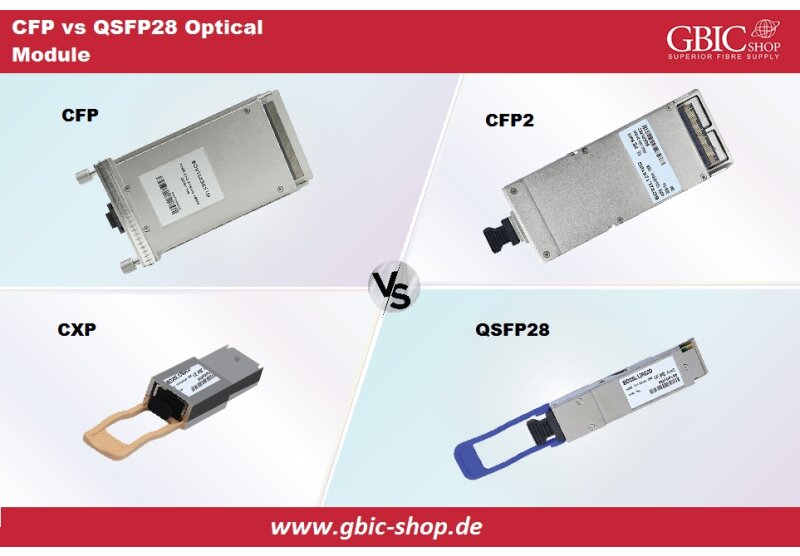Fibre Channel (usually abbreviated as FC) is a technology used for high-speed data transfer. Fibre channels finds its main use in storage area networks (SAN). FC is used to transfer data between computer storages and computer systems. Fibre channel can provide data transfer speeds of up to 128 Gbps.
FC is a widely used technology, almost all of the high-end servers and storages have interfaces to support FC. Another variant of fibre channel is Fiber Channel over Ethernet (FCoE). FCoE uses ethernet network as a transport medium, FC packets are encapsulated over the ethernet network, thus providing data transfer speeds of 10 Gbps or higher.
In this article, we will look in to the evolution of fibre channel technology, starting from its 1st generation and discussing the subsequent advancements in this technology. In the end, we will draw a comparison of the different generations of fibre channel. A high-level evolution of fibre channel technology is given in table 1.
|
Sr.# |
Name |
Year |
|
1 |
1G FC |
1997 |
|
2 |
2G FC |
2001 |
|
3 |
4G FC |
2004 |
|
4 |
8G FC |
2005 |
|
5 |
10G FC |
2008 |
|
6 |
16G FC |
2011 |
|
7 |
32G FC |
2016 |
|
8 |
128G FC |
2016 |
Table 1: Different Versions of Fiber Channel
Fibre channel was standardized by the T11 Technical Committee of the International Committee for Information Technology Standards (INCITS). A close look at table 1 shows that FC started with a 1 Gbps data transfer speed and the speeds are doubled with every generation. Currently, 128G FC is also available.
1G Fibre Channel
1G FC was the first standardized version of fibre channel technology. Introduced in the year 1997. 1G FC provides a throughput of 200 Mega Bytes per Second (MBps, not to be confused with Mega Bits per second, Mbps). 1G FC instantly gained popularity due to its application in storage area networks. 1G fibre channel remained in use till late mid-2000s.
2G Fibre Channel
2G FC was the next step in the evolution of fibre channel technology. The work on its development started soon after the release of 1G fibre channel and it was released as an industry standard in the year 2001 by T11 Committee. 2G FC doubled the speed offered by 1G FC. 2G FC has a throughput of 400 MBps in full duplex mode. 2G fibre channel was also widely used in the storage area networks.
4G Fibre Channel
In the year 2004, the next version in the fibre channel technology series was made available to the manufacturers worldwide. 4G fibre channel also doubled the service level parameters as compared to 2G FC. 800 MBps of full duplex throughput can be achieved in 4G fibre channel. 4G fibre channel gained so much popularity that it is still in use in some older SAN storages and servers.
8G Fibre Channel
8G fibre channel was released in quick succession to its predecessor. It was standardized and made available in the year 2005, just one year after the release of 4G fibre channel. These two fibre channel versions are the most popular FC versions available in the market. 8G fibre channel is also still in use and the interface cards are still available for 8G FC. 1600 MBps full duplex throughput is available in 8G fibre channel.
10G Fibre Channel
10G fibre channel version was developed for FCoE to make full use of the 10 Gbps ethernet networks. 10G FC is rarely used apart from its application in conjunction with FCoE. FCoE transmits FC data using ethernet frames.
16G Fibre Channel
The next step that followed in the line of fibre channel generations was 16G fibre channel. It was released in 2011 by the T11 Committee. 16G FC followed the “double-throughput” precedence set by the first four versions of fibre channel. Its throughput is 3200 MBps. Although, 16G FC was released in 2011, but it gained in popularity recently. Now a days, 16G fibre channel comes as a standard option in almost all of the latest SAN storages and servers. After the release of 10G fibre channel, the industry decided to change the naming convention of fibre channel versions. With the release of 16G FC, it was decided to discard the speed-based naming and adopt generation-based naming. 16G fibre channel was named 5th generation fibre channel. The first four versions being the 1G, 2G, 4G and 8G fibre channels.
32G Fibre Channel & 128G Fibre Channel
Sixth generation of fibre channel technology consists of two versions, 32G FC and 128G FC. Both of these versions were released in 2016. The sixth generation of fibre channel provides incredible increase in the throughputs. 32G FC is capable of providing 6400 MBps of throughput whereas the 128G FC is capable of providing 25600 MBps of throughput. The sixth generation fibre channel technology was designed to make full use of the Solid State Drive storage. SSD storage is a diskless storage providing faster data transfer rates as compared to the traditional hard disk drives. The sixth generation fibre channel also introduced new features for better security and lesser power consumption as compared to its predecessors.
Comparison
Fibre channel technology has seen a great evolution in speed, security and power consumption. It has kept its pace with the changing technologies and stayed in the market for so long. The popularity of fibre channel is gaining day by day. Almost all of the enterprise grade servers and storage devices come with pre-installed fibre channel adapters. The pace with which this technology is advancing, we see a long-term prospect for its continued usage in the information technology industry.
Don't look for the right product - find it - only here in GBIC-SHOP. Stop by now!
 English
English
 Deutsch
Deutsch
 Espaniol
Espaniol










